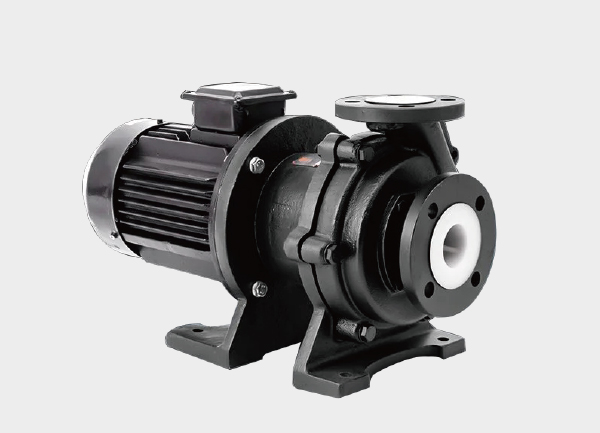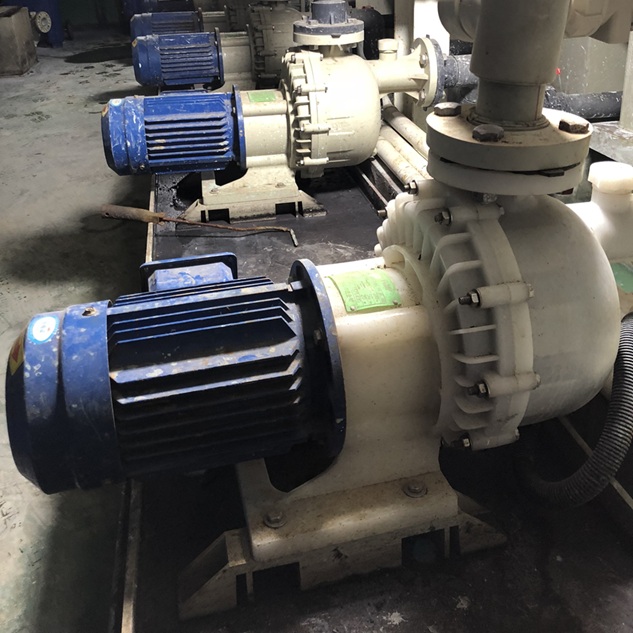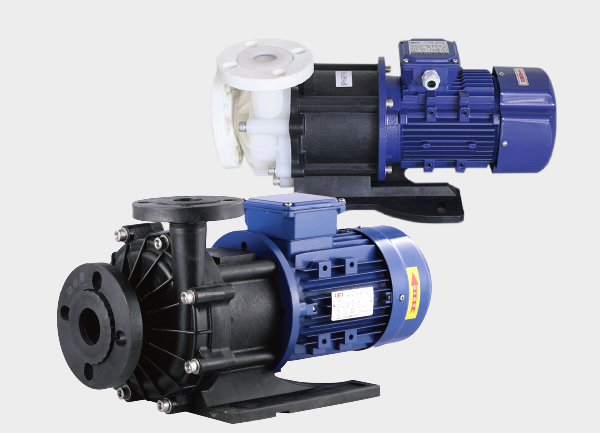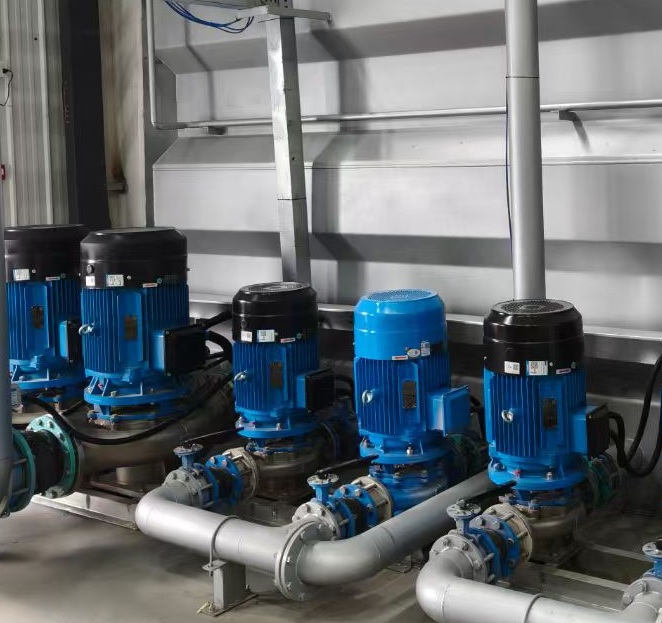Self-priming pumps are widely used in industrial and civil applications due to their ability to automatically draw water without manual priming each time. However, during long-term operation, issues can arise from improper installation, unsuitable medium, or insufficient maintenance.
This article summarizes the six most common problems, along with their main causes and basic troubleshooting methods, to help users identify and resolve issues quickly.
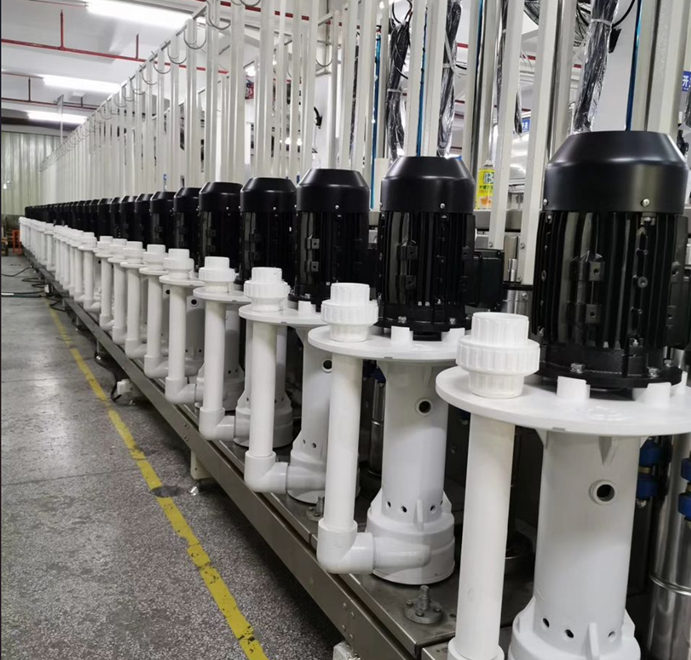
1. Pump Fails to Prime or Takes Too Long to Self-Prime
This is the most typical issue with self-priming pumps. The core cause is often insufficient sealing in the priming chamber or abnormal power transmission. Symptoms include no liquid discharge after startup, or excessively long priming time (normally ≤5 minutes).
Common causes:
No initial priming water: Before first use, the pump chamber must be filled with a small amount of liquid to create a sealed environment. Without this “priming water,” the pump cannot generate the necessary vacuum to draw liquid.
Air leakage in the priming chamber: Aged or damaged gaskets, cracked suction lines, or worn mechanical/packing seals can let air in, destroying the vacuum environment.
Impeller damage: Worn, cracked, or blocked impellers prevent liquid movement and vacuum formation.
Excessive suction lift: Most self-priming pumps are rated for suction lifts of 3–8 meters. If installed above this limit, gravity overcomes suction capability, preventing water intake.
2. Insufficient Flow or Low Discharge Pressure
When flow rate drops or outlet pressure is weak (e.g., water jet is soft), the main issue is reduced hydraulic efficiency inside the pump.
Common causes:
Pipeline blockage: Clogged suction or discharge lines, or dirty inlet filters, restrict fluid passage.
Impeller wear or fouling: Long-term use can cause surface wear or scaling on the impeller, reducing flow and head.
Low motor speed: Voltage drops (>10% below rated voltage), aging windings, or bearing friction slow the motor speed, reducing impeller rotation.
Air in the pump: Minor air leaks at seals or joints mix bubbles with liquid, lowering the effective discharge per revolution.
3. Excessive Noise and Vibration
A properly running self-priming pump typically operates below 75 dB. Loud metallic sounds, “hissing,” or noticeable vibration indicate mechanical faults or cavitation.
Common causes:
Bearing failure: Worn or dry bearings in the motor or pump shaft cause metal friction noise and vibration.
Cavitation: Entrained air or high liquid temperature forms vapor bubbles that collapse violently against the impeller, producing crackling noise and vibration, and eventually damaging the impeller.
Improper installation: Loose base bolts or shaft misalignment between pump and motor create eccentric rotation.
Loose components: Bolts on the impeller, cover, or pipeline connections may loosen, causing knocking sounds during operation.
4. Motor Overheating
When the motor shell temperature exceeds the rated limit (typically ≤80°C), or if overload protection trips, the pump should be stopped immediately to prevent damage.
Common causes:
Overload: Operating beyond rated head (e.g., excessive piping length or undersized pipes) or handling viscous liquids increases resistance and current draw.
Poor ventilation: Blocked cooling fan, damaged fan blades, or operation under high ambient temperature prevent effective heat dissipation.
Motor faults: Short circuits, insulation failure, or contamination between rotor and stator can raise current and heat.
Phase loss (three-phase motor): If one phase is disconnected, the magnetic field becomes unbalanced, current surges, and the winding overheats rapidly.
5. Leakage from Pump Body or Piping
Visible water leakage from the pump casing, seal, or piping joints not only wastes liquid but can also pose electrical or corrosion hazards.
Common causes:
Seal failure:
Shaft seal leakage: Worn mechanical seal faces, aged O-rings, or loose packing glands cause fluid to escape along the shaft.
Flange leakage: Aged or damaged gaskets between the pump and suction/discharge flanges, or unevenly tightened bolts, reduce sealing performance.
Cracked pump casing: Long-term vibration, UV aging (for plastic pumps), or freezing (unemptied water in winter) can cause cracks.
Damaged piping: Plastic pipes can crack due to aging or impact; metal pipes may corrode and form pinholes when handling chemical liquids.
6. Pump Fails to Restart or Motor Does Not Run
If the motor makes no sound or only a humming noise without rotation, the problem lies in the power supply or motor system.
Common causes:
Power failure: Faulty power source, loose plug, tripped breaker (from overload), or broken power cable.
Motor jammed: Impeller blocked by debris or damaged bearing prevents rotation—this must be checked immediately to avoid burning the windings.
Electrical faults: Burned windings, failed start/run capacitor (for single-phase motors), or oxidized/loose terminals.
Control failure: Malfunctioning pressure switch or float switch fails to trigger motor start.
Maintenance Tips to Prevent Common Failures
Always fill priming water before first use: Never run dry — even one minute of dry running may destroy the mechanical seal.
Clean filters and pipelines regularly: For sewage or well applications, inspect suction filters weekly and flush pipelines monthly.
Check seals and lubrication: Inspect shaft seals every 3 months and lubricate motor bearings every 6 months with high-temperature grease.
Avoid overload operation: Do not exceed rated flow, head, temperature (usually ≤80°C), or viscosity limits.
Winter protection: Drain residual liquid from pump and pipes in freezing conditions to prevent casing cracks.
Final Advice
By following these troubleshooting and maintenance guidelines, users can significantly reduce the frequency of self-priming pump failures and extend service life. For complex issues such as motor rewinding or electrical repairs, always consult a qualified technician to avoid further damage.



